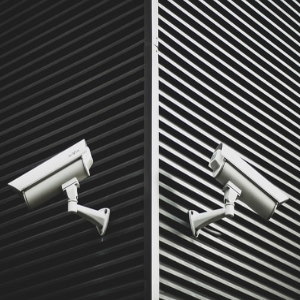Do you ever find yourself getting frustrated with poor TV reception? Maybe you live in a rural area with weak signals, or maybe your home is surrounded by tall buildings that block the signal. Whatever the reason, a TV signal booster can help you get the clearest possible picture.
A TV signal booster is a device that amplifies the signal from your antenna, making it stronger and more reliable. This can help you get rid of those annoying static lines and snowy images, and enjoy your favorite shows in crystal-clear HD.
How do TV signal boosters work?
TV signal boosters work by amplifying the signal from your antenna. The signal is received by the booster, and then it is amplified and sent through the coaxial cable to your TV. This makes the signal stronger, so that it is less likely to be affected by interference or weak signals.
Types of TV signal boosters
There are two main types of TV signal boosters: indoor and outdoor. Indoor boosters are designed to be used with indoor antennas, while outdoor boosters are designed to be used with outdoor antennas.
Indoor boosters are typically smaller and less powerful than outdoor boosters. They are also less expensive, making them a good option for people who are on a budget. However, indoor boosters may not be as effective as outdoor boosters in areas with weak signals.
Outdoor boosters are larger and more powerful than indoor boosters. They are also more expensive, but they are more effective in areas with weak signals. Outdoor boosters are a good option for people who live in rural areas or who have homes that are surrounded by tall buildings.
How to choose a TV signal booster
When choosing a TV signal booster, there are a few factors you need to consider:
- The type of antenna you are using.
- The strength of the signal in your area.
- The size of your home.
- Your budget.
If you are using an indoor antenna, you will need an indoor booster. If you are using an outdoor antenna, you will need an outdoor booster. The strength of the signal in your area will determine how powerful a booster you need. If you live in an area with weak signals, you will need a more powerful booster. The size of your home will also determine how powerful a booster you need. If you have a large home, you will need a more powerful booster to ensure that the signal reaches all areas of your home.
Your budget will also be a factor to consider. Indoor boosters are typically less expensive than outdoor boosters. However, if you live in an area with weak signals, you may need to spend more on an outdoor booster to get the best results.
Installing a TV signal booster
Installing a signal booster is relatively easy. Most boosters come with instructions that walk you through the process. However, if you are not comfortable installing the booster yourself, you can hire a professional to do it for you.
Benefits of using a TV signal booster
There are many benefits to using a TV signal booster. These include:
- Clearer picture. A TV signal booster can help you get a clearer picture, with fewer static lines and snowy images.
- More reliable reception. A TV signal booster can help you get more reliable reception, even in areas with weak signals.
- Increased range. A TV signal booster can help you increase the range of your antenna, so that you can get reception from further away.
- Reduced interference. A TV signal booster can help reduce interference from other electronic devices, such as cell phones and microwaves.
Conclusion
If you are experiencing poor TV reception, a TV signal booster can help you get the clearest possible picture. There are many different types of TV boosters available, so you can find one that is right for your needs. Installing a TV booster is relatively easy, and it can be a great way to improve your TV viewing experience.
Here are some additional tips for boosting your TV signal:
- Keep your antenna clean. Dust and dirt can block the signal, so make sure to clean your antenna regularly.
- Place your antenna in a high location. The higher the antenna, the better the reception.
- Avoid placing your antenna near metal objects. Metal can interfere with the signal.
- If you are still experiencing poor reception after following these tips, you may need to upgrade your antenna.
I hope this blog post has been helpful. If you have any questions, please feel free to contact us on 080006122051or visit us at A4 Digital Aerials


